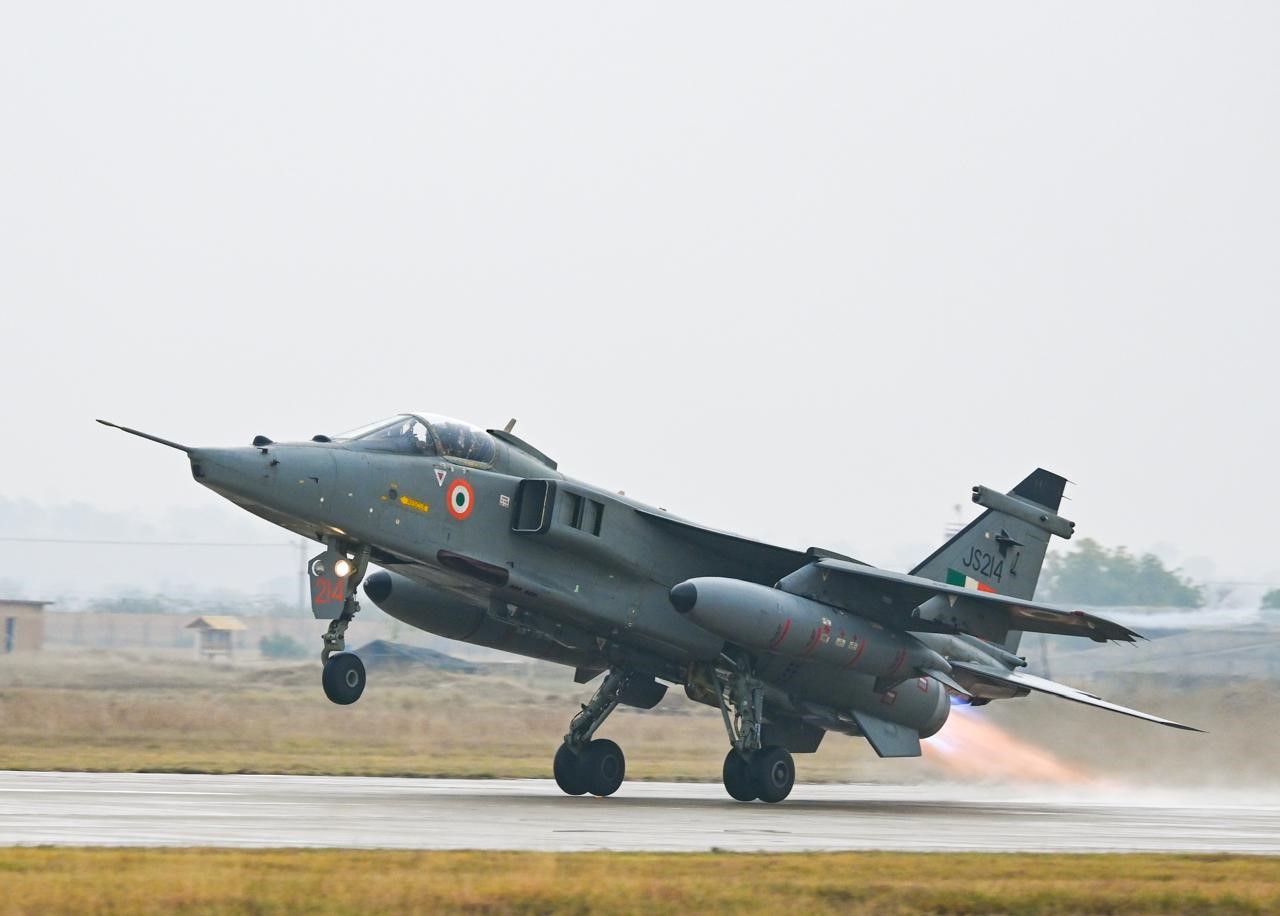




Disclaimer: Copyright infringement not intended.
The BM-04 missile was unveiled in March 2025 during the Vigyan Vaibhav 2025 Defense Exhibition held in Hyderabad.
|
Specification |
Details |
|
Type |
Short-Range Ballistic Missile |
|
Developer |
Defence Research and Development Organisation |
|
Length |
10.2 meters |
|
Diameter |
1.2 meters |
|
Weight |
11500 kg |
|
Range |
Up to 1,500 km |
|
Warhead |
500 kg, conventional |
|
Accuracy |
30-meter Circular Error Probability— High precision |
|
Propulsion |
Two-stage solid-fuel propulsion |
|
Mobility |
Deployed via indigenous six wheel Transporter Erector Launcher |
|
Canisterized |
Yes – allows pre-mating of warhead and faster launch response |
|
Maneuverability |
Equipped with Common Hypersonic Glide Body— evades enemy interception |
|
Feature |
Strategic Advantage |
|
Canisterization |
Reduces launch time, enhances shelf-life and increases mobility |
|
Hypersonic Glide Body (C-HGB) |
Maneuvers mid-air, making its trajectory unpredictable and evading enemy air defenses |
|
Precision Targeting |
With 30-meter CEP BM-04 can conduct surgical strikes on high-value targets |
|
Modular Design |
Easily upgradable with new warheads, sensors and propulsion systems |
|
Conventional Counterforce |
Strengthens India’s non-nuclear deterrence by targeting enemy command and logistics infrastructure with conventional warheads |
|
Area |
Significance |
|
Doctrine Alignment |
Aligns with India’s No First Use and credible minimum deterrence posture |
|
Conventional Deterrence |
Enhances pre-emptive conventional strike capability without escalating to nuclear level |
|
Border Security |
Effective against threats along Western and Northern frontiers (China and Pakistan) due to its SRBM range |
|
Anti-A2/AD Capability |
Hypersonic maneuverability helps breach enemy missile shields and denial zones |
|
Export Potential |
With India entering defense export markets BM-04 may become part of India’s strategic trade arsenal under Make in India - Defence initiative |
About DRDO
|
Aspect |
Description |
|
Established |
1958 |
|
Motto |
“Balasya Moolam Vigyanam” – Science is the source of strength |
|
Role |
Apex military R&D agency under the Ministry of Defence |
|
Technology Clusters |
1. Aeronautics 2. Armament and Combat Engineering 3. Electronics and Communication Systems 4. Life Sciences 5. Naval Systems 6. Microelectronics & Computational Systems 7. Missile & Strategic Systems |
|
Major Successes |
Agni series, Prithvi, BrahMos, Akash missile, Pinaka, Light Combat Aircraft (Tejas) and now BM-04 |
|
Missile Name |
Range |
Type |
Warhead |
Propulsion |
Key Features |
Status |
|
Prithvi-I |
150 km |
SRBM |
1,000 kg |
Liquid fuel |
First missile under IGMDP, used by Indian Army |
Operational |
|
Prithvi-II |
250–350 km |
SRBM |
500–1000 kg |
Liquid fuel |
Used by Indian Air Force, night operations capable |
Operational |
|
Prithvi-III (Dhanush) |
350–600 km |
SRBM |
500–1,000 kg |
Liquid fuel |
Ship-based version, naval use |
Limited operational use |
|
Prahaar |
150 km |
SRBM |
200–250 kg |
Solid fuel |
Quick-reaction, high mobility |
In service |
|
Pralay |
150–500 km |
SRBM |
500–1,000 kg |
Solid fuel |
Canisterized, road-mobile, battlefield support missile |
Inducted (2022) |
|
Shaurya |
~700–1,900 km |
SRBM/IRBM |
Nuclear capable |
Solid fuel |
Hypersonic, silo-based, hybrid use |
Limited deployment |
Read about: Agni P
Sources:
|
PRACTICE QUESTION Q. With reference to India’s BM-04 missile, consider the following statements:
Which of the statements given above is/are correct? A. 1 only Answer: B Explanation: Statement 1 is incorrect: BM 04 is conventionally armed and has a range of 1500 km. Statement 2 is correct: It is canisterized and includes a hypersonic glide component. Statement 3 is incorrect: BM 04 is developed by DRDO not BDL. |










© 2025 iasgyan. All right reserved